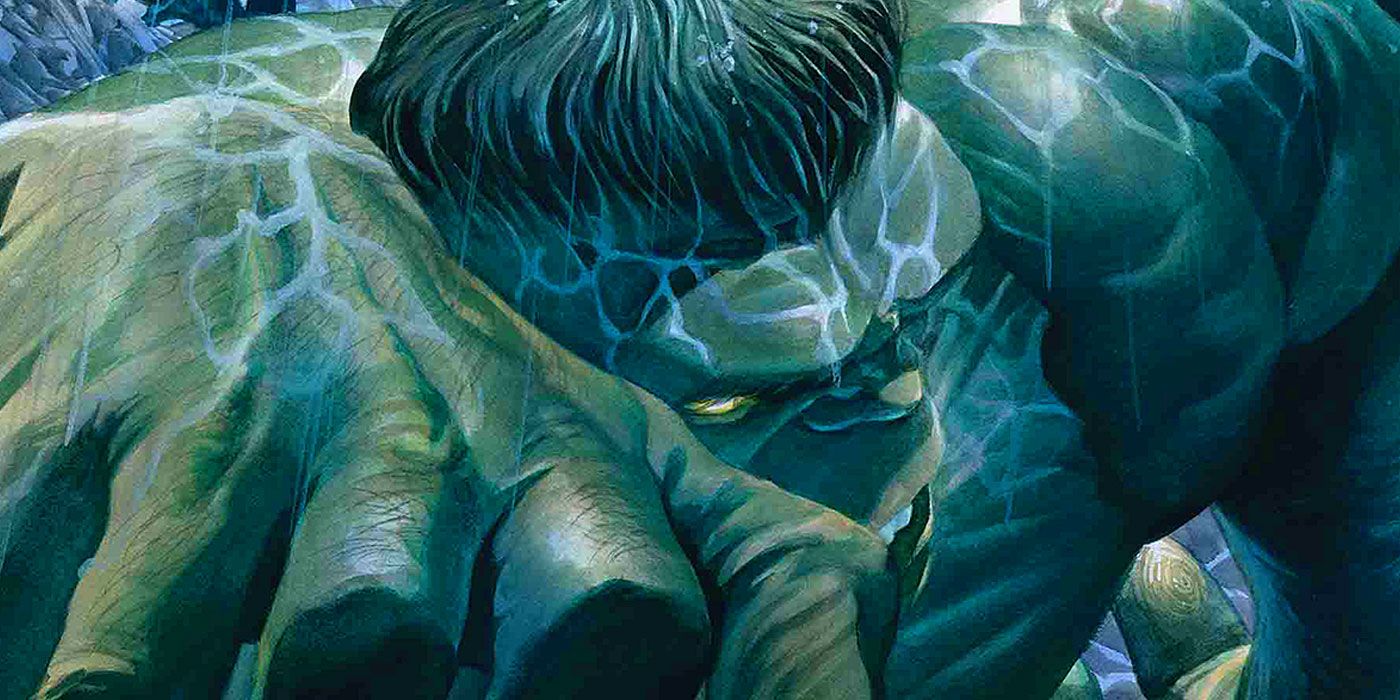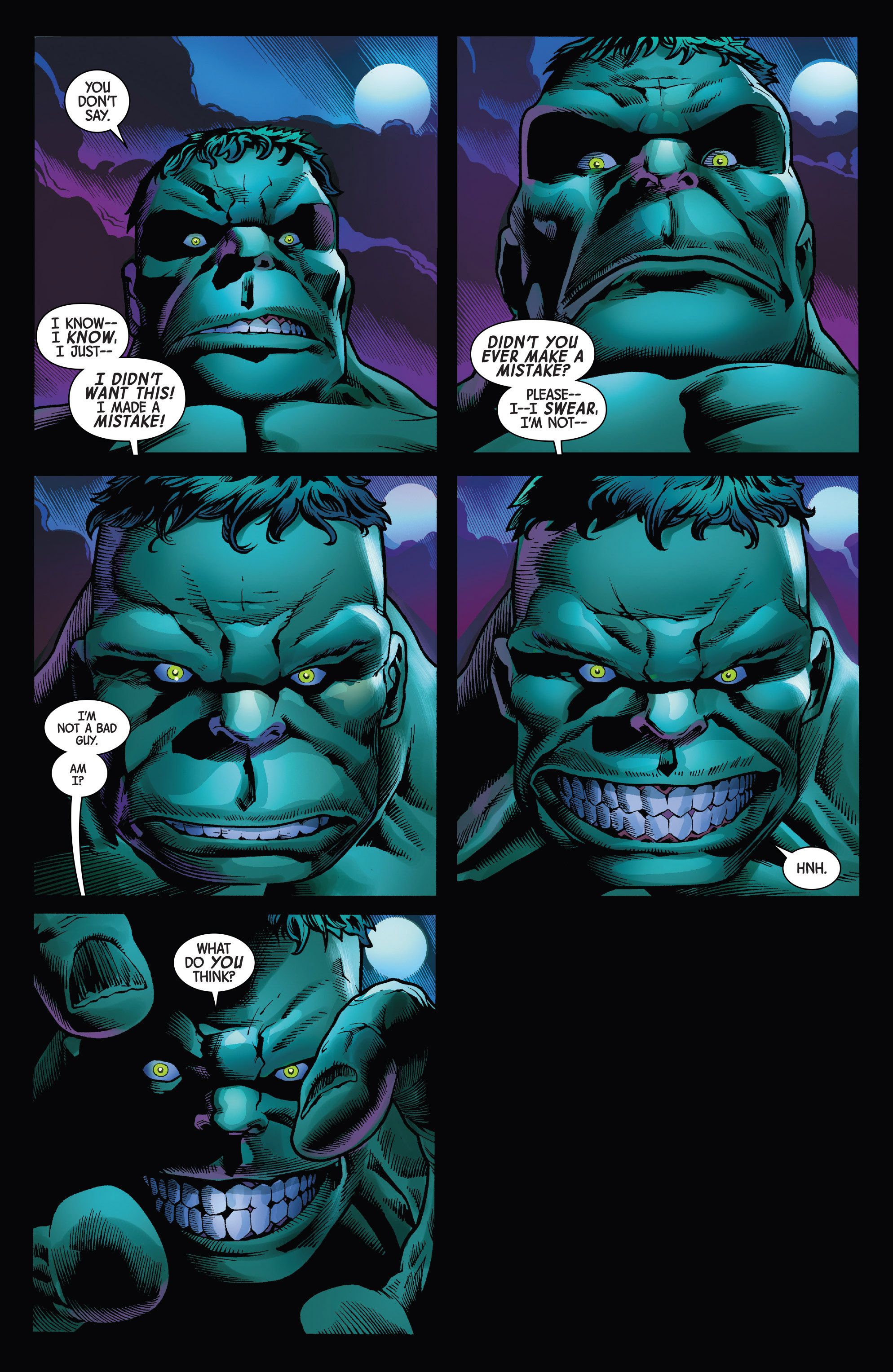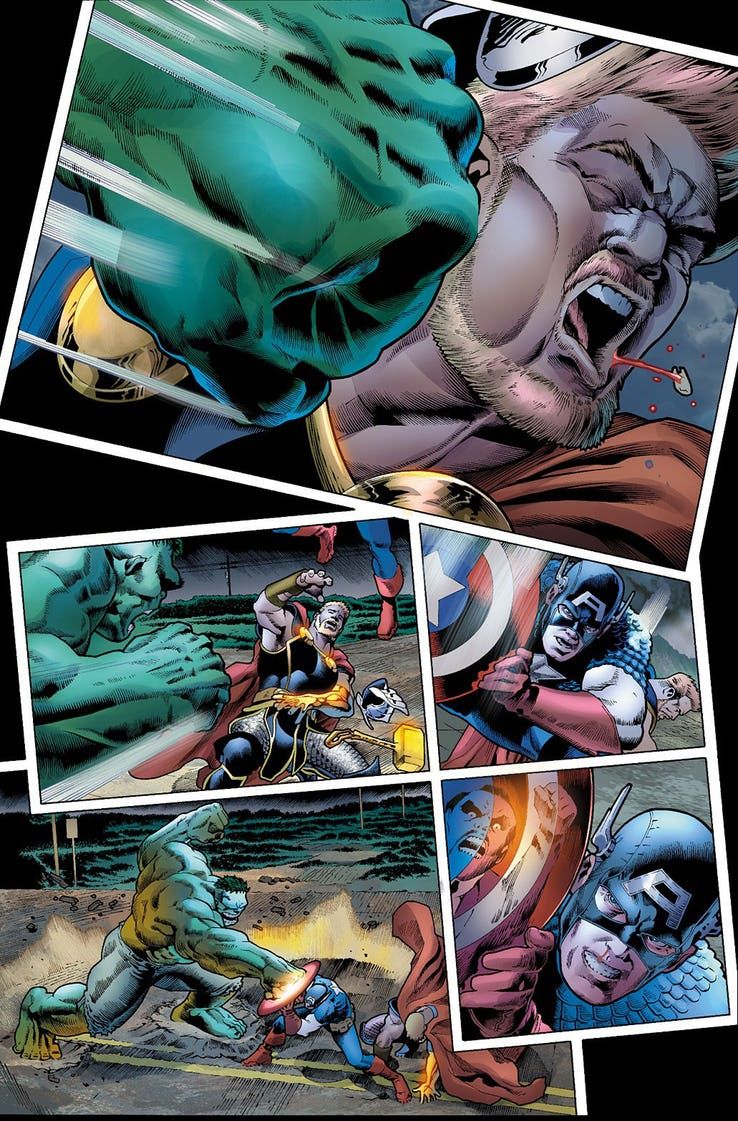I love horror comics. My fascination with them probably dates back to when I was a kid thumbing through The Official Handbook of the Marvel Universe where I discovered that the Marvel Universe wasn't just home to iconic superheroes and villains, it was also a realm of monstrous characters like Dracula and the Ghost Rider. I became an even bigger fan of Marvel style horror in the '90s with the launch of their "Midnight Sons" line of titles. Since then, there have been several promising Marvel horror books, but nothing really caught on.
That all changed in the summer of 2018 when writer Al Ewing and artist Joe Bennett launched Immortal Hulk, a series that took one of Marvel's most iconic characters and played up the horror elements that had been part of the character since his creation. The result was one of my favorite comics from last year and a genuinely creepy tale that makes the most of its setting.
RELATED: Immortal Hulk Features the Unexpected Return of a Secret Empire Casualty
Part of the reason Immortal Hulk has been so successful is the fact that Ewing has been a lifelong fan of Marvel's Jade Giant and had been waiting for a chance to tell a tale with the character. That's clear from the way he brought the Hulk back in the Avengers: No Surrender storyline, and the long-form mystery of Immortal Hulk that sprang from the title character's many deaths and resurrections over the years. Ewing took those continuity elements and an obscure and often overlooked Hulk power, his ability to see ghosts, and used them as the bedrock for a solid tale of mystery and both psychological and supernatural horror.
Making the book even greater is the fact that Ewing didn't have to stretch the nature of the Hulk to make his story work. Horror has always been part of the character. Part of Stan Lee and Jack Kirby's inspiration for creating the Hulk were the classic horror stories Frankenstein and The Strange Case of Dr. Jekyll and Mr. Hyde. Under Ewing, the Mr. Hyde inspiration has become especially clear. The Immortal Hulk is different from his past counterparts in that he's still green hued and strong as ever, but he's also incredibly smart, cunning and has a vicious streak to him. So, Banner's cycle of death and constant resurrection as the Hulk really does feel like a horrific curse.
Once they found the organic horror at the center of their story, Ewing and his collaborators on Immortal Hulk -- which include the primary art team of penciller Joe Bennett, inker Ruy Jose and colorist Paul Mounts -- took steps to amplify it. The results have been both exciting and chilling. There are shadows in all the right places, and the color palette has been perfect and moody. What I've especially enjoyed, though, is Bennett's character acting and page design. The smile he gives the Hulk is truly unsettling. When the Immortal version of the Jade Juggernaut grins, his wicked streak radiates off the page. You often see that creepy smile peering back at Bruce Banner from the mirror. Perhaps the most chilling use of reflective surfaces comes at the end of the first arc, when the Hulk looks into a car mirror and the reflection he sees back is one of a monster that scares even him; Bruce Banner's hateful father, Brian.
NEXT PAGE: The Immortal Hulk May Introduce Marvel's Ultimate Evil
Even the lettering of Immortal Hulk adds to the book's chilling vibe. Each issue opens with a black page and a quote to set the tone. The way Cory Petit displays those words and the fonts he chooses throughout the book give the text an ominous feel.
It would be easy to take all those horrific elements and tell a standalone Hulk story that doesn't feel connected to the larger Marvel Universe. What makes Immortal Hulk truly special though is that it makes the most of its Marvel Universe backdrop. Those larger elements weren't present in the series' first few issues, but gradually they started to drift in. I already mentioned Brian Banner and the first arc also featured a supporting turn by Bruce Banner's old college roommate, Walter Langkowski (Sasquatch of Alpha Flight). The series second arc brought in more familiar faces. Characters like Betty Banner, Doc Samson and Skaar were referenced or made an appearance, and a character associated with General Ross resurfaced to plague the Immortal Hulk.
One of my favorite Marvel moments came in Immortal Hulk #7, where we got to a horror-tinged take on a classic match up: The Avengers versus the Hulk. That issue could have easily become a big, urban superhero slugfest, but instead Ewing and company gave readers a dark, apocalyptic tale of the destruction caused when the Hulk and Avengers clash and the hard choices that must be made to end the Green Goliath's rampage. Subsequent issues saw more Marvel characters drawn into the book's supernatural mystery. The Absorbing Man entered the fray in Immortal Hulk #9 and so did a new version of the classic hero team known as Gamma Flight.
RELATED: Immortal Hulk Will Bring Back a Classic Marvel Character in 2019
The Immortal Hulk appears to be adding to the larger Marvel Universe toy box as well. Early issues made cryptic references to a mysterious and malevolent figure known as “The One Below All.” Those well versed in Marvel continuity might remember that the equally enigmatic “One Above All,” whose has been referenced a number of times in cosmic Marvel comics. It's the closest thing the MU has to a truly omnipotent and omniscient being. So, with “The One Below All,” are Ewing and his collaborators giving the Marvel Universe a true figure of ultimate evil? The current arc of Immortal Hulk appears to be tackling that very question head on and I'm excited for answers.
So, by adding all these interesting things and amplifying the horror elements that were there from the get-go, the creators of Immortal Hulk have truly revitalized their title character. I've always liked the Green Goliath, and the last time I was this excited about the character was the original "Planet Hulk" storyline. I hope the series gets to continue for some time, and I hope it inspires more Marvel creators to explore the shadowy, horrific corners of the company's shared universe.



